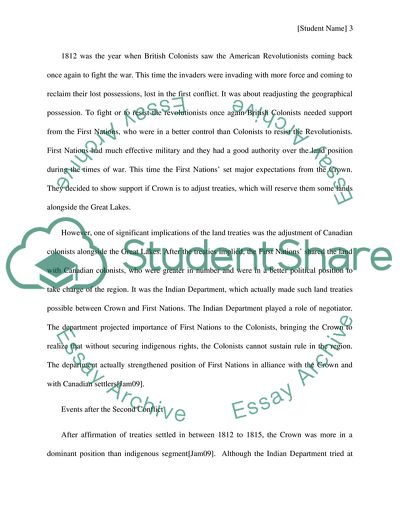Cite this document
(Treaty-Making in Canada Essay Example | Topics and Well Written Essays - 2000 words, n.d.)
Treaty-Making in Canada Essay Example | Topics and Well Written Essays - 2000 words. https://studentshare.org/history/1863515-aboriginal-native-of-canada-critical-analysis
Treaty-Making in Canada Essay Example | Topics and Well Written Essays - 2000 words. https://studentshare.org/history/1863515-aboriginal-native-of-canada-critical-analysis
(Treaty-Making in Canada Essay Example | Topics and Well Written Essays - 2000 Words)
Treaty-Making in Canada Essay Example | Topics and Well Written Essays - 2000 Words. https://studentshare.org/history/1863515-aboriginal-native-of-canada-critical-analysis.
Treaty-Making in Canada Essay Example | Topics and Well Written Essays - 2000 Words. https://studentshare.org/history/1863515-aboriginal-native-of-canada-critical-analysis.
“Treaty-Making in Canada Essay Example | Topics and Well Written Essays - 2000 Words”. https://studentshare.org/history/1863515-aboriginal-native-of-canada-critical-analysis.


